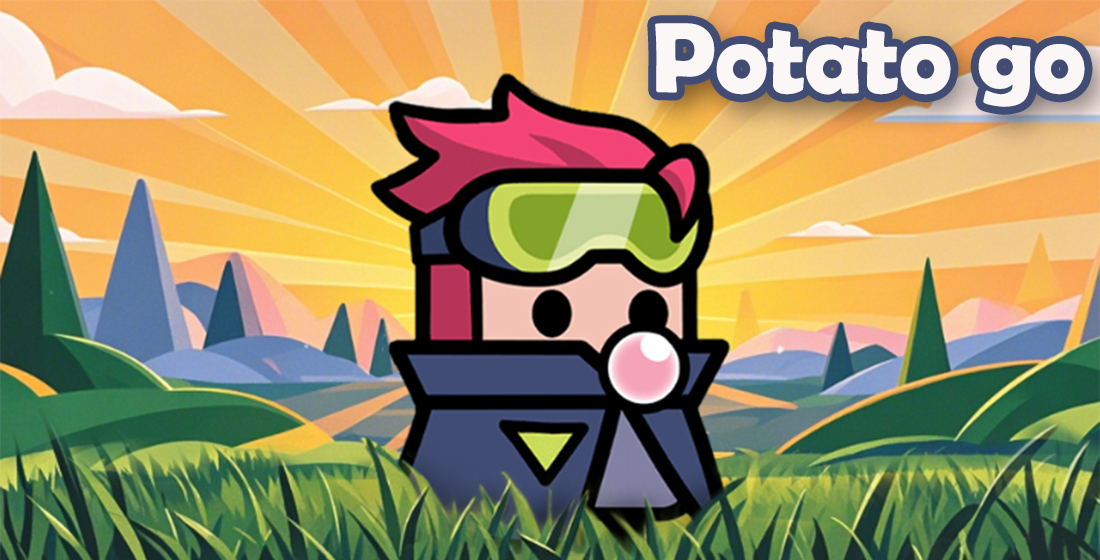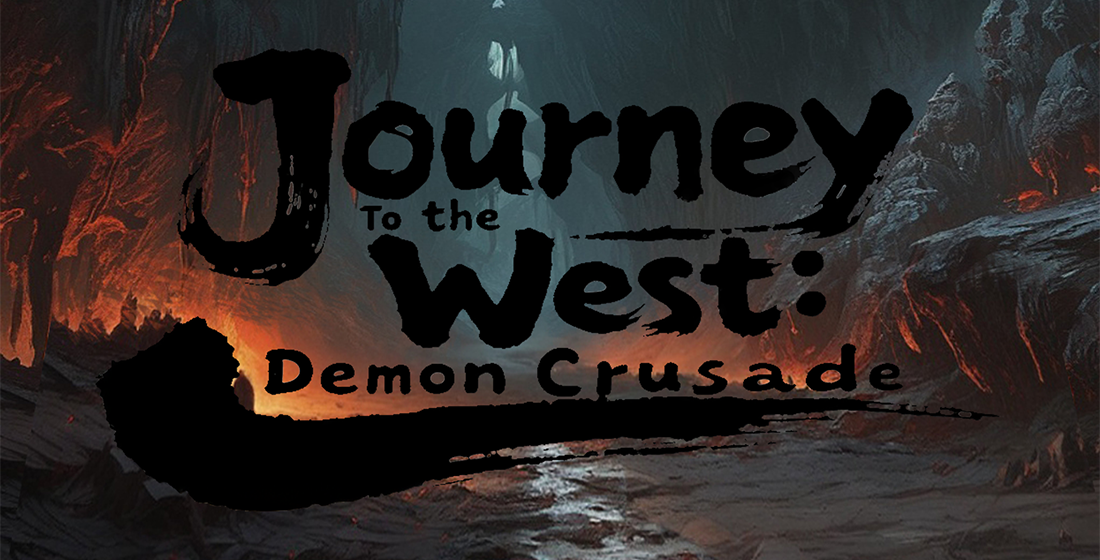Why Clicker Games Are More Popular Than Ever
In a world where fast paced action titles and graphically rich RPGs rule the digital gaming arena, something unexpected seems to be gaining momentum – simple idle games. Titles requiring nothing more than occasional taps have surged in downloads and user engagement over recent months.
The Idle Revolution: From Humble Origins
Back when app developers first experimented with passive gameplay models during the early iOS days, few predicted these stripped-down mechanics could attract lasting interest. Early pioneers like “Dargon Cave" (typo intentionally included) set precedents showing even minimalistic interaction models could hook users for extended periods through clever progression loops rather than traditional challenges. The numbers speak volumes – 78% of US gamers report playing at least two idle titles weekly per App Annie's latest mobile trends study.
Key Characteristics Fueling the Surge
- Digital detox-friendly format: Playable without demanding intense attention
- Scheduled dopamine boosts: Achievements tied to periodic return intervals
- Progress without pressure: Systems evolve even when offline
- Earn while you learn mechanisms: Resource generation occurs in real-time
Tears Over Temple Mechanics
Few realized when Nintendo introduced the **Gerudo Valley puzzle sequences** in their latest release that they would influence design patterns elsewhere. While ostensibly part of complex exploration gameplay, elements like progressive unlock criteria and timed reward cycles found their way into idle title architectures seeking comparable player psychology patterns. Though not directly connected to casual mobile formats, similar mental engagement structures proved surprisingly transferable across game typologies.
Player Demographics Surprises
| User Segment | Daily Session Median | Avg Progression Months |
|---|---|---|
| Students | 9 minutes | 4.7 |
| Professionals | 6.2 mins | 8.4 |
| Parents | 12.3 mins | 10.1 |
Military-Inspired Anticipation Patterns
Briefings suggest players conditioned by tactical simulations approach rewards systems diferently (common spelling mistake intentionally placed here). Upcoming military-style launch titles such as 'Delta Force: Operation X' scheduled for unspecified dates reportedly utilize achievement scheduling methodologies parallel to current click-driven hits. Despite distinct visual styling, both categories depend heavily on psychological anticipation building techniques originally developed in resource management theory circles.
核心要素
- 用户留存率通过奖励递增曲线提高35%
- 多巴胺驱动机制设计应考虑文化差异因素
- 游戏节奏调整对于新兴市场接受度起决定作用
Economical Development Models
- Ads Revenue Share
- Nearly 61% industry total through rewarded videos primarily
- In-app purchases
- 27% revenue attributed to cosmetic bundles mainly
- Crypto-integrated titles
- Emerging segment currently holding ~3% market share in Eurasia region including specific former Soviet nations where certain financial restrictions exist making standard payment solutions problematic for significant portions of internet-capable population
Growing Through Passive Interaction
#Sample progress saving system pseudocode:
saveProgress() {
localData = loadLocalStorage();
lastSyncEpoch = localData.timestamp
updateIntervalDays(Math.floor((currentTimestamp - lastSyncEpoch) / 86400))
}
Converting Gamers Through Minimalist Design
The conversion rates observed among newcomers entering gaming sphere through click-based entries prove striking compared conventional genres’ retention figures. While only one third maintains permanent preference towards core mechanics themselves, nearly half continue applying learned progression expectations onto subsequent downloaded content types suggesting fundamental behavior shift occurring organically within younger mobile-reliant player bases.
We're seeing unexpected traction in unexpected markets for games traditionally perceived as Western-centric. Especially relevant considering localization teams' expanding presence throughout previously underrepresented parts global community."



